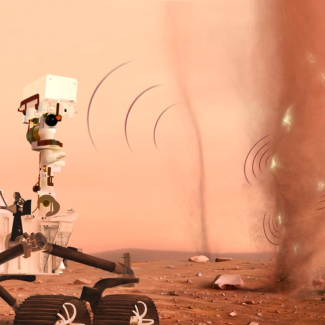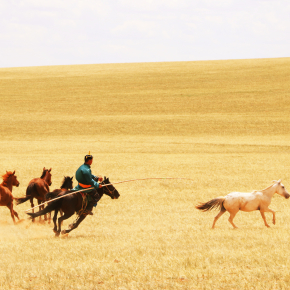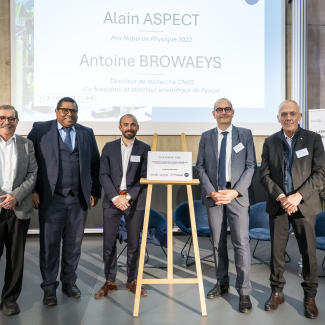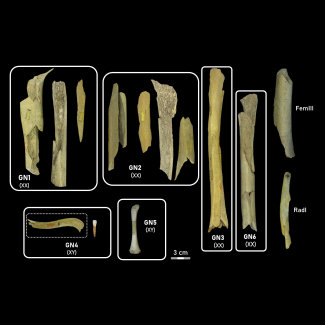
Animal domestication: a key mutation behind horse-based mobility identified
Scientists knew that horses were first domesticated began during the third millennium BCE. Yet, the exact nature of the genetic modifications that transformed this animal into a vector for human mobility remained a mystery. A new scientific study conducted by CNRS researchers 1 in collaboration with Swiss and Chinese teams, has now provided a key element for understanding this phenomenon, namely the identification of a decisive genetic modification behind equestrian mobility. The results will appear on 28 August in Science.
- 11 – Working at the Center for Anthropology and Genomics of Toulouse (CNRS/University of Toulouse).
To solve this mystery, the scientists closely examined 262 genetic variants known to influence horse biology, looking for traces of selection connected to the choices made by the first breeders. They discovered that a mutation that had previously been very rare suddenly became highly frequent at the same moment as domestication, right before horses spread from their cradle on the Caucasian steppes and conquered the rest of Eurasia 1 . This modification affects the expression of the Gasdermin C (GSDMC) gene present in all mammals.
The team studied the effects of this mutation on horses as well as mice, which served as the model organism. They showed that a modification of the GSDMC gene could reshape the anatomy of equines, and among mice led to the development of a flatter spinal column, in addition to the appearance of better motor coordination. According to the authors, selection for a modification of the GSDMC gene by the first breeders facilitated horse mounting and movement, which played a decisive role in the rise of equestrian mobility and horse-based civilisations.
The study also highlights thirteen additional mutations selected at different periods in history. For example, one of them influenced the animal’s behaviour, probably making it more docile and receptive to human interaction. Others helped increase its size beginning in the Iron Age, and then throughout Antiquity and the Middle Ages. While many of the selected mutations remain to be reveal, these discoveries deepen our understanding of the major genetic transformations that accompanied the domestication of horses, and forged their unique partnership with humans.
- 1The previous research carried out by scientists at the Center for Anthropology and Genomics of Toulouse focused in particular on the migrations of horses around the world as well as the origins of domestic horses. In this context, they sequenced the genomes of hundreds of ancient horses from archaeological remains, making the horse the species that, after humans, is the most extensively documented by paleogenetic data. Thanks to these data, they were able to trace the temporal trajectory of the studied mutations and identify the one that accompanied the very beginnings of horse domestication.
Selection at the GSDMC locus in horses and its implications for human mobility. Xuexue Liu, Yaozhen Jia, Jianfei Pan, Yanli Zhang, Ying Gong, Xintong Wang, Yuehui Ma, Nadir Alvarez, Lin Jiang, Ludovic Orlando. Science, 28 august 2025.
DOI : 10.1126/science.adp4581


